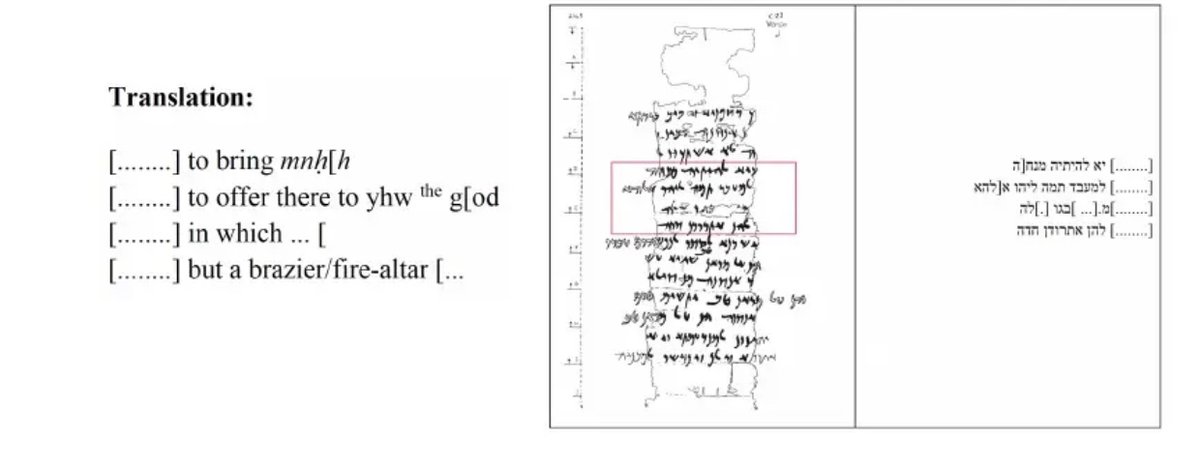How to get URL link on X (Twitter) App

https://twitter.com/SaintPeater/status/1785755740189171980That notion really annoys me, especially when I see Iranians too constantly regurgitating it.

 It’s an interesting presentation regarding historic Yahwist documents from Egypt and their preservation of AZ/Iranic elements, such as Iranic theophoric names (many being divinities found in the Avesta), the existence/presence of the Magi (Maguš) in the vicinity, etc.
It’s an interesting presentation regarding historic Yahwist documents from Egypt and their preservation of AZ/Iranic elements, such as Iranic theophoric names (many being divinities found in the Avesta), the existence/presence of the Magi (Maguš) in the vicinity, etc. 

https://twitter.com/dalaygiz/status/1553186026147008512
 In Hāδōxt Nask 2, it explains how when a man dies, his soul or uruuan-, m., separates from the body and abides three nights near the head of the corpse. At the end of the third night the soul of the righteous man (ašāuuan) inspires a “sweet perfume” brought by–
In Hāδōxt Nask 2, it explains how when a man dies, his soul or uruuan-, m., separates from the body and abides three nights near the head of the corpse. At the end of the third night the soul of the righteous man (ašāuuan) inspires a “sweet perfume” brought by–


 As to what he “saved” concerning some of the political issues at the time, post-Safavid:
As to what he “saved” concerning some of the political issues at the time, post-Safavid: 

 In particular to these pieces, it contains a variant of a confession text named ‘Blessed Small Feast Day’, with a structure as follows: {Name of a Manichaean God + täŋri ‘God’} + “on this blessed small—
In particular to these pieces, it contains a variant of a confession text named ‘Blessed Small Feast Day’, with a structure as follows: {Name of a Manichaean God + täŋri ‘God’} + “on this blessed small—

https://twitter.com/dalaygiz/status/1587401832464261122
 Inana-Ištar is given dominion over the heavens and earth (as a deity encompassing both aspects). She also torments both domains. She is a blood-thirsty warrior (the “Lady of Battles”) just as she is a comforting mother.
Inana-Ištar is given dominion over the heavens and earth (as a deity encompassing both aspects). She also torments both domains. She is a blood-thirsty warrior (the “Lady of Battles”) just as she is a comforting mother. 

https://twitter.com/Tocharus/status/1596987354450841602#FunFact Babylon’s Marduk is given thematic parallels to Ninurta in his respective mythos in order to portray him as the superior to the latter — I love self-PR 💯

https://twitter.com/dalaygiz/status/1586822456232349699That translates what is meant by ‘fear’ quite nicely. At that point she has also been stripped naked of worldly attributes, and then is sentenced to die!



 This radiance associated with reverential fear is also called me-lam₂ (Akk. melammu).
This radiance associated with reverential fear is also called me-lam₂ (Akk. melammu).

https://twitter.com/engilizia/status/1409932413304717315
 Said account CONTRADICTS ALL PREVIOUS GREEK RECKONINGS, which placed the Prophet/Seer to 6000 BCE and further (such as Xanthus of Lydia, for example).
Said account CONTRADICTS ALL PREVIOUS GREEK RECKONINGS, which placed the Prophet/Seer to 6000 BCE and further (such as Xanthus of Lydia, for example).

